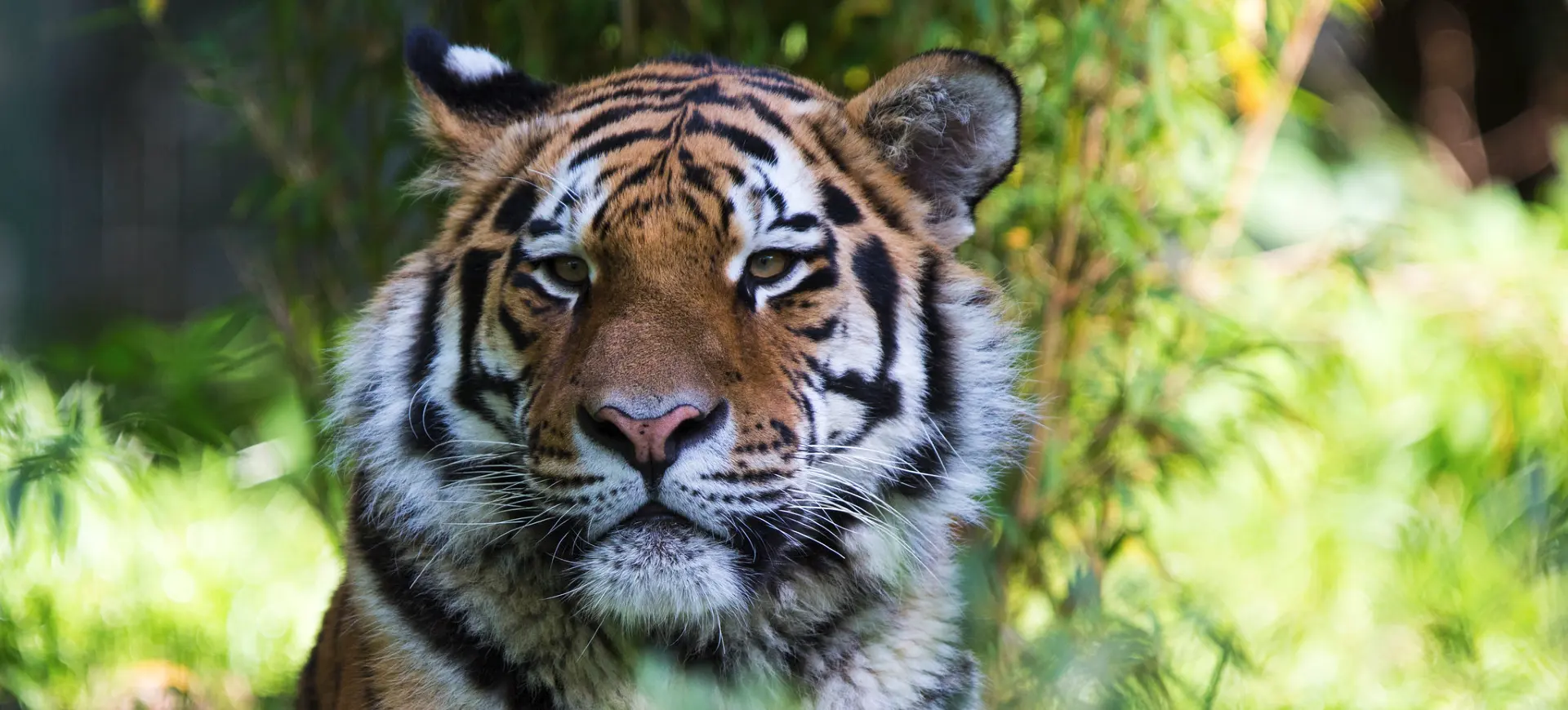– The significance of tigers in ecosystem balance and biodiversity
– Understanding the threats to tiger populations worldwide
– Conservation efforts and strategies to protect tigers
– The role of zoo management in educating the public and supporting wild populations
– Future directions for wildlife conservation and how individuals can contribute
As apex predators, tigers play a critical role in maintaining the balance of ecosystems and supporting biodiversity. Their presence in an environment ensures the stability of food chains, controlling the population of herbivores and thus preserving the vegetation. This, in turn, influences the entire chain of life, from small insects to large mammals, underscoring the tiger’s importance beyond its majesty.
Sadly, tiger populations are under significant threat from various human activities. Habitat destruction, poaching, and conflict with humans significantly reduce their numbers. Forests, the tiger’s natural habitat, are being cleared at an alarming rate for agriculture, timber, and urban development, leaving tigers with fragmented and isolated territories. Poaching, driven by the illegal demand for tiger parts used in traditional medicine, fur, and trophies, further exacerbates their decline. Human-tiger conflict also occurs when tigers wander into human settlements searching for food, often leading to fatal outcomes for either party.
Conservation efforts are multifaceted and aimed at addressing the various threats to tigers. These include strengthening anti-poaching measures, creating and expanding protected areas, restoring tiger habitats, and facilitating tiger corridors to connect isolated populations. International collaboration is exemplified by the Global Tiger Initiative, which seeks to double the wild tiger population by enhancing political support, funding, and public awareness of tiger conservation needs.
Although their approach is somewhat indirect, Zoo management also plays a pivotal role in tiger conservation. By housing tigers, zoos provide a haven for species that may no longer have a habitat in the wild and serve as educational platforms. They engage the public through firsthand encounters with these magnificent creatures, fostering a connection and understanding of the urgent need for conservation. Furthermore, zoos participate in breeding programs to preserve genetic diversity, with the potential for future reintroductions into the wild.
Looking ahead, wildlife conservation faces the challenge of navigating an increasingly human-dominated landscape. Creating sustainable coexistence pathways becomes more critical as habitats shrink and populations grow. Public education and involvement are paramount, as conservation is not solely the responsibility of governments and non-profits. Everyone can contribute by supporting conservation organizations financially, advocating for policy changes, or simply being more conscious of their environmental impact.
This article has outlined tigers’ crucial role in ecosystems, the threats they face, the conservation efforts underway to protect them, and how zoo management contributes to these efforts. It also touches upon the future of conservation, highlighting the importance of continued collaboration, innovation, and public engagement. Tigers are not just symbols of wild beauty and strength; their survival symbolizes our broader environmental stewardship objectives. As stewards of the planet, our actions today will determine the fate of these majestic animals and the biodiversity they support. Preserving tigers is a testament to our commitment to a healthy, thriving planet for future generations.

